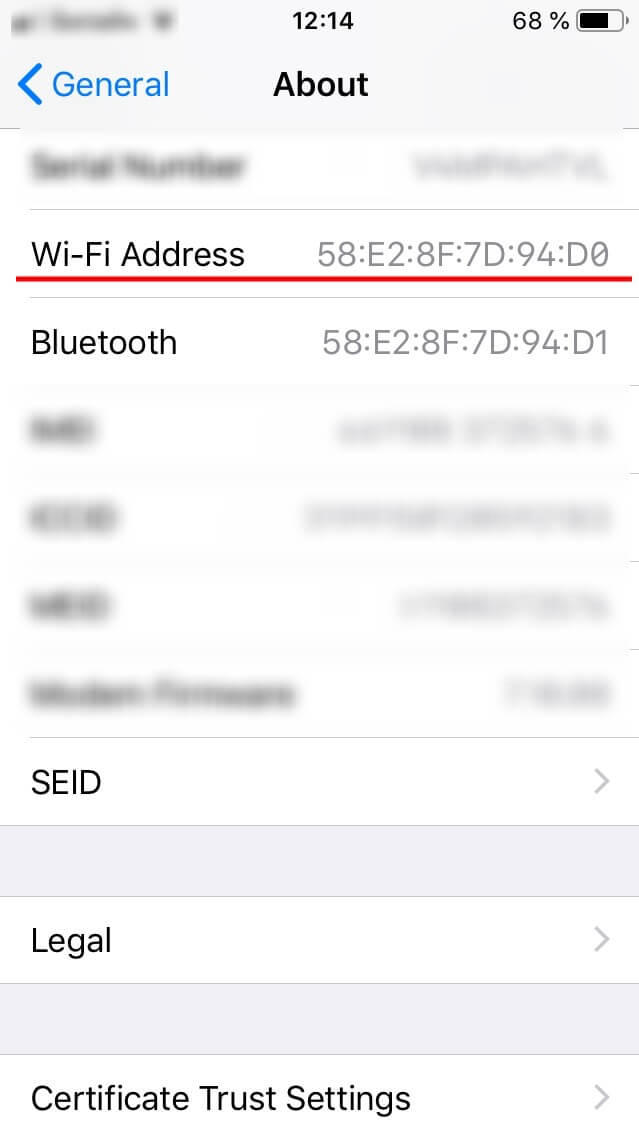


Therefore, Apple has decided to limit access to this information only after the user has granted access to the location. Since a WiFi network is usually always located in the same geographical area, when a device is connected to a WiFi network, the geographical location of the device can be indirectly inferred, with a certain margin of error. Starting from iOS 13, third-party applications need the user's consent to access the name (SSID) and identifier (BSSID) of the Access Point to which the device is connected.The lack of MAC addresses also impacts the recognition of the device manufacturer, affecting functionalities to activate and detect devices in the network. This limitation has forced all applications that perform network scanning on iOS to adopt a different approach to index network discovered nodes. 02:00:00:00:00:00) which cannot be used to uniquely identify a device. These MAC addresses, available in the ARP table of the device, have been changed with a fixed, locally administered MAC address (i.e. Starting from iOS 11, the possibility for third-party apps to read the MAC addresses of network connected devices has been removed.Here a list of the main changes Apple has made over the years: This led to the mobilisation of developers and users to save network tools on iOS. The reason why the access to certain information has been restricted is to protect users' privacy, but Apple indirectly affected network monitoring applications available for iOS. Starting with the release of iOS 11 in 2017, Apple has begun to introduce restrictions on the availability of network information accessible by third-party apps. This specifically affects Fing as a constantly changing MAC address equals the identification of devices as “new” on the network even when they are not, as well as an unstable monitoring of the device status. This new update, which came out in September like every new iOS release, introduces new restrictions on the network identifiers shared by devices, in order to better protect the privacy of users.Īs a consequence of this, devices equipped with the latest version of iOS will hide their MAC address when they connect to a WiFi network, identifying themselves with a randomised address instead. If you found today's guide useful, then do not forget to drop a comment about it below.On September 16th of 2020, Apple released the latest version of their operating system for mobile devices: iOS 14. Who knows this might come extremely handy for them! And with that being said, don't forget to share your newly learned tip with other iOS users as well. But in case you did not, we're certain you learned a new and handy tip today. These are extremely small things which every iOS user should know about in the first place.
Find the mac address for my iphone how to#
Again, in that case you'll require the MAC address of your device, and you now know how to find that out for an iPhone, iPad, iPod touch device. Extremely handy from a security point of view but a disaster for guests.įurthermore, there are institutions and certain places that do not allow a device to connect to their network without their MAC address being registered in the first place. In that case, you will need the MAC address of every gadget you would want to allow to connect to that network. For instance, you might be setting up a wireless network at home on which you only want to allow a certain set of devices to connect. It's entirely up to you what you want to do with this piece of information. Look for an entry named 'Wi-Fi Address.' That's the MAC address of that particular iOS device. You'll see a bunch of information in this page, including the version of iOS your device is running.


 0 kommentar(er)
0 kommentar(er)
